In October 2018, HowlRound hosted a convening about comedy in theatre, where the issue was brought up that “the American theatre has forgotten” comedy or, at least, it does not solicit, fund, or produce the work of comic dramatists as much as it should. As a professor of comedy’s theatrical history, I was asked to speak on why I advocate for its study as a genre and discipline, and the following is a version of what I shared with the participants.
Laughing Matters
How Comedy Tells Us Who We Are
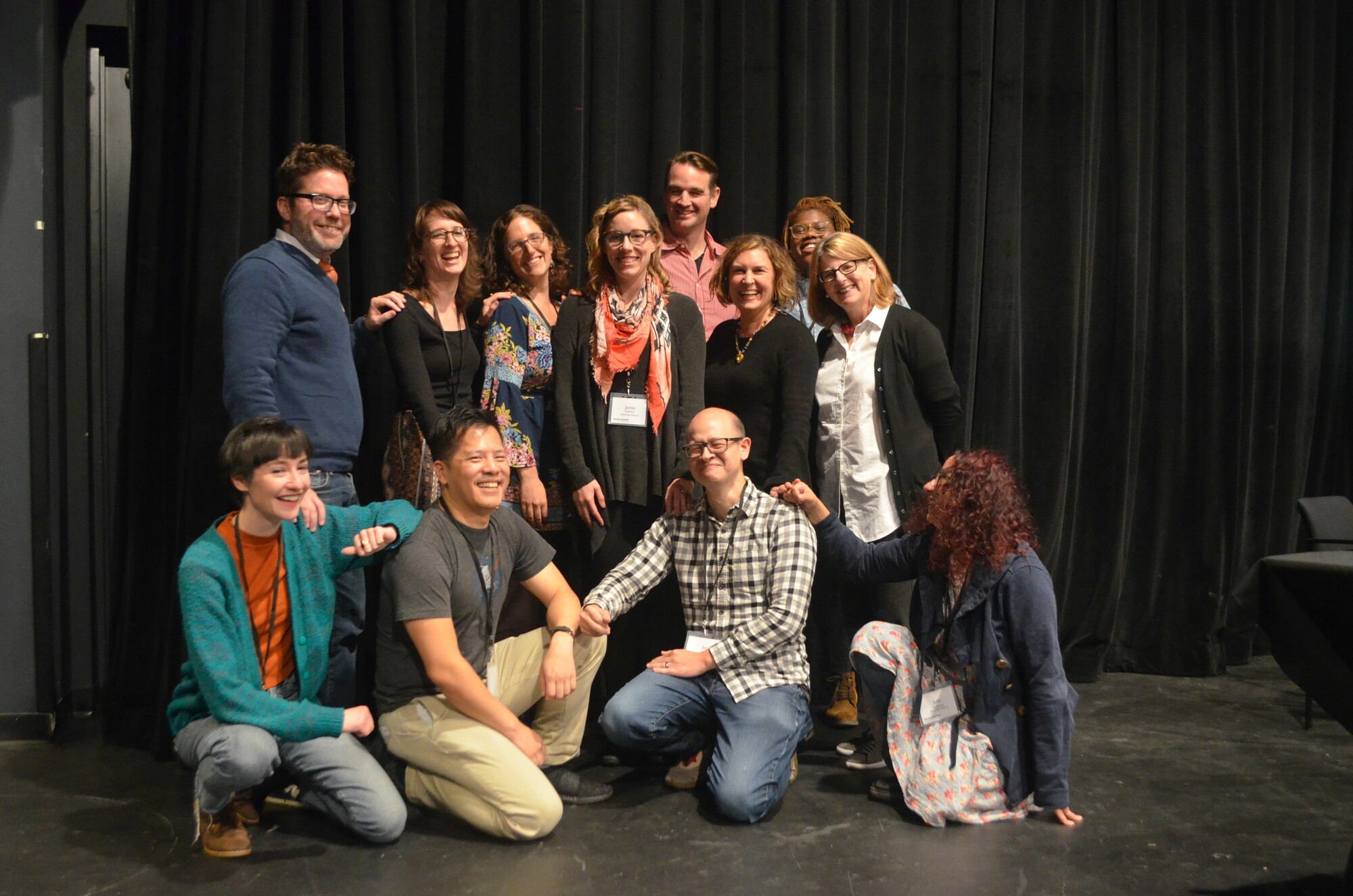
Comedy Convening participants. Photo by Blair Nodelman.
As of late, there has been tremendous growth in the academic study of comedy. In the past few years, several schools throughout the world have begun offering undergraduate and graduate degrees in the topic—such as Emerson College, where I teach—and I suspect more will follow.
A lot of work has gone into answering why we laugh. What biological, psychological, and neurological roles does laughter play in the human body? These questions seek to find the broader—dare I say universal—causes for laughter. But, when considering laughter as a human phenomenon, I am more concerned with the social rather than the scientific; the specific rather than the general. I am interested in who is laughing, and who is laughing at what.
These two questions are tantalizing because they challenge us to investigate the way comedy works socially: how it conveys, spreads, and even, to a certain extent, controls ideas. How does comedy influence the way a group of people thinks? In other words, what are the values behind any one joke—no matter how sophisticated, no matter how crass—and how are those values revealed through laughter?
Anthropologist Tulasi Srinivas describes the comedian as a sort of ethnographer. In a manner of speaking, a comedian documents their culture through their jokes, often unwittingly. One can look at almost any comedy, from the irreverence of The Book of Mormon, to the agitprop of the Latino collective Culture Clash, to the philosophic whimsy of playwright Sarah Ruhl, and find a whole host of information about the way a culture thinks and feels and acts.
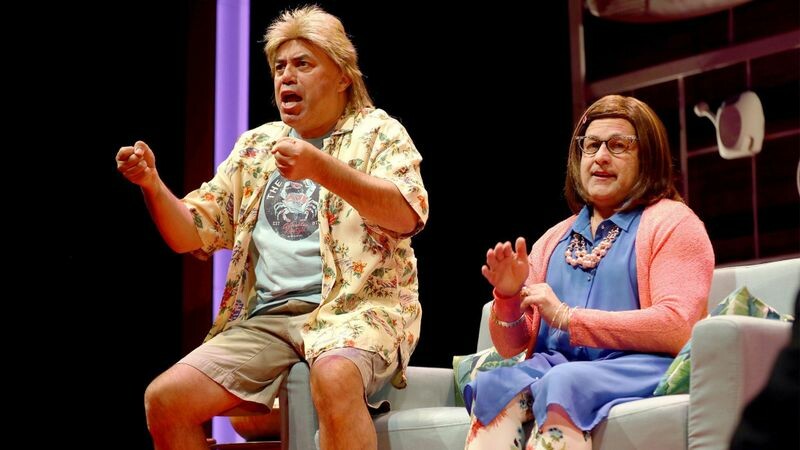
Herbert Siguenza, left, and Ricardo Salinas of Culture Clash play a blue-collar Miami couple in one of the sketches in "Culture Clash (Still) in America." Photo by Jordan Kubat / South Coast Repertory.
But a joke does not earn its positive reputation for being a dense vessel of cultural information. It is either funny or it is not. If the audience does not get it, does not react to it and laugh in the moment, the joke does not work. But if they do, their laughter then reveals a deeper truth, a truth of their cultural values, in the very moment of the joke’s expression. The audience tells us a lot about themselves when they laugh at a joke because that laugh offers an unmediated admission. To wit, comedians document a culture on an emotional level.
I use this line of thinking to teach my history of comedy class, which covers almost two thousand five hundred years of performance and theatre history. We study canonical dramatic texts, including Aristophanes, Molière, and Aphra Behn. We talk about trickster gods in Native American, Yoruban, and Hindu mythology. We look at the development of the clown in Japan, China, Europe, and the United States. One thing such a wide survey reveals is that there really is no singular thing as comedy; rather, there are comedies. Each culture, each nationality, each individual finds their own unique way to make others laugh, and each individual work of comedy defines (or at least tries to define) what is funny.
One way I try to frame this with my students is to introduce them to Robert Darnton’s concept of the “exceptional normal”—jokes or things that people in the past found automatically funny but may not make any sense to a twenty-first-century reader. The exceptional normal touches upon much more than topicality. It relays core attitudes, values, and shared beliefs about the world. As such, these jokes are excellent entry points for learning about the past. Through studying the aspects of classic comedies that may confuse, offend, or even bore a contemporary reader, we can tap into and learn a tremendous amount about a culture’s attitudes towards sex, gender, race, disability, and religion.
Each culture, each nationality, each individual finds their own unique way to make others laugh, and each individual work of comedy defines (or at least tries to define) what is funny.
Studying what was considered an exceptional normal in the past can encourage a reflexive sort of thinking, too. What is exceptionally normal to us now? What are the understood values in our society, so deeply ingrained that we need not talk about them? These ideas are cultural touchstones that unite an audience and, therefore, can be exploited easily for a laugh. No need for the comedian to explain the context, to set up the joke. If they can simply say the words “New Jersey,” they’ll be sure to get a laugh. Years from now a historian will ask, “What was it about New Jersey that made it so damn funny to people?”
The term “exceptional normal” also helps students explore what it means when a joke stops working. Just as Michel Foucault encourages historians to look to moments of rupture and discontinuity when trying to decipher how a culture thinks and acts, I suggest students of comedy look to the moments when a successful joke simply stops landing with its audience. The moment when a loud guffaw quickly shifts to an appalled gasp can tell us a lot about how a culture is changing.
We see it a lot today. Successful comics who were once universally celebrated as our culture’s most trenchant critics now come off at best as passé and at worst as monstrous. When ire turns toward these individuals, defenders of free speech sound the alarms that there is a “war on comedy” and that a politically correct culture has banded together to cross their arms, wag their fingers, and collectively stop enjoying themselves.
When a brazen comic turns from household darling to underground menace, we would be wise not to assume the death of comedy, but rather recognize a transformational moment in our values, when the exceptional norms are being called into question and even outright rebuked. Ricky Gervais, once a truth-telling imp, is now just a hawkish troll. Andrew Dice Clay was at the height of his fame in 1990, selling out Madison Square Garden with pure, unqualified sexism, but now there are questions if his comedy even belongs on stage. Family Guy used to be celebrated for being outré, but now even Peter Griffin is having to grow a conscience.
This signals a larger shift toward an American audience’s assumptions about the fundamental role of comedy. Louis C.K. recently told an audience, “The whole point of comedy is to say things that you shouldn’t say. That’s the entire point,” and he’s not the only one who believes that. In fact, I’d argue this has been a fundamental belief in the United States about comedy. But what was once comedy’s raison d’être has now been called into question. A lot can explain (and needs to be explained about) this transition. But one needs to think ethnographically about comedy to do so, to acknowledge the beliefs and assumptions of an American audience that were once, but are no longer, tenable.
The court jester is often used as a precursor for this model of comedian, the one who could say things that others shouldn’t, who had immutable license to ridicule even the most powerful. In some cases that was true, but many court jesters were despised by fellow courtiers—mocked, derided, and beaten. Some were mentally or physically disabled, and very often the butt of the joke. One of the most well documented jesters in history, Claus Narr, was mentally disabled. His antics were enjoyed by his noble patrons because they believed he offered a metaphoric image of a “simple man,” unsullied by the sins of culture. If the likes of Narr had the freedom to say whatever they wanted, it was because they posed very little threat.
The moment when a loud guffaw quickly shifts to an appalled gasp can tell us a lot about how a culture is changing.
Molière offers another example of a comedian who seemingly lambasted the most powerful people in his culture, but only under great restraint. Even though he worked under the auspices of the King of France, he had to rewrite Tartuffe three times before it could enjoy a life without censure. In response to the scandal caused by another of his plays, The School for Wives, he wrote The Critique of the School for Wives, a meta-theatrical attempt to address the outrage the audience felt because Molière had deigned to imply (for only a brief moment) that his heroine had lost her virginity. All Molière did was repeat the phrase, “he took my... he took my… he took my…!” and let the audience’s imagination do the rest. The audience’s sensitivity to this topic clearly conveyed attitudes toward women and sex in an upper class Parisian sphere.
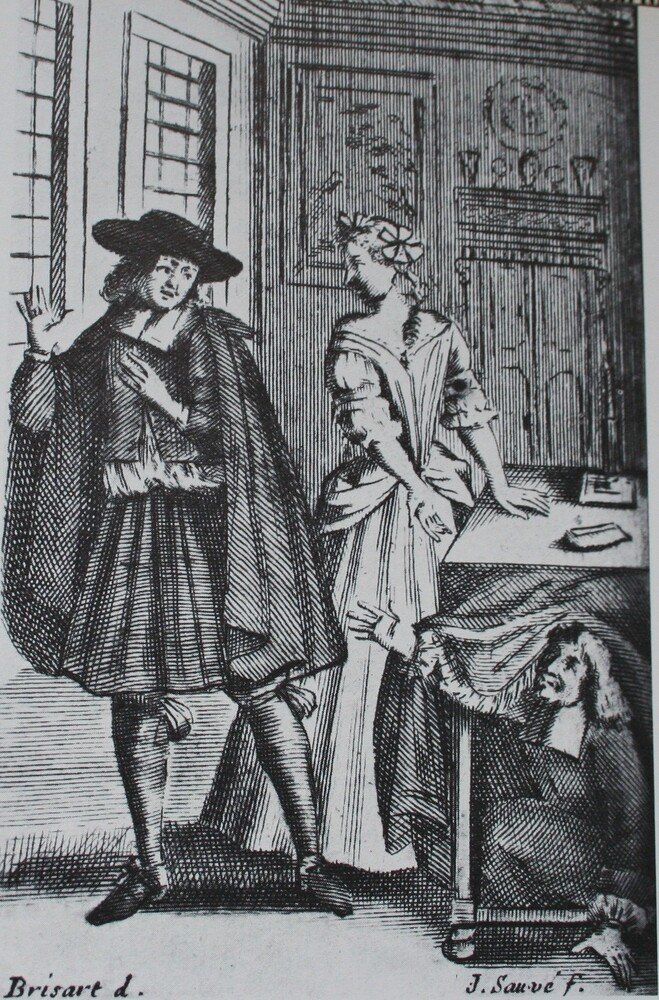
Illustration of Molière's Tartuffe.
Even the very shape and style of comedy can tell us a lot about a culture. Molière was a revelation in his time because he brought the belly laughs of street farce to the drawing rooms of literary comedy. Comedy at this time did not even need to be all that funny. Instead, it was defined by its generic differences from tragedy: its heroes were of common stock and its endings were happy. It is also telling that, after Molière, comedy tended to shift back toward evoking less indecent emotions. The eighteenth-century dramatist La Chaussée was assured a boffo box office through a genre called comédie larmoyante—weeping comedy—which was meant to inspire compassion for the characters, where you would cry for them, not laugh at them. So, if funny isn’t a baseline for comedy, then what is?
The history of comedy, if nothing else, shows that comedians in the United States have far more privileges than those from the past, which speaks to our core relational values. We have aligned comedy with taboo-breaking and have given it great license as an instrument to do so. The strident reaction toward supposed anti-comedians, like Hannah Gadsby, says a lot about how deeply imbedded this expectation has been, and therefore says a lot about us as an audience. But we are also experiencing a moment of rupture, one that can and will open comedy to new standards of approval. Laughter, or the lack thereof, will be the signal of a new ethic, and vice versa.
When we laugh, we reveal ourselves at an almost instinctive level, so it is important to appreciate how a joke functions, what it means, and how it impacts its audience. The writers and performers of comedy play an obvious role in this process. They are the prodders. They aim to provoke the laughs, to stir the anxieties, the pleasures, the fears, doubts, and flaws of a culture. As accidental ethnographers, they are not so much arbiters of truth, but subjective reflections of their own subjective milieu. That subjectivity and how the audience responds to it expresses the beliefs, limitations, and behaviors of that culture. Laughter, then, tells us who we are even when we don’t want it to, and the American theatre would be remiss to ignore it.

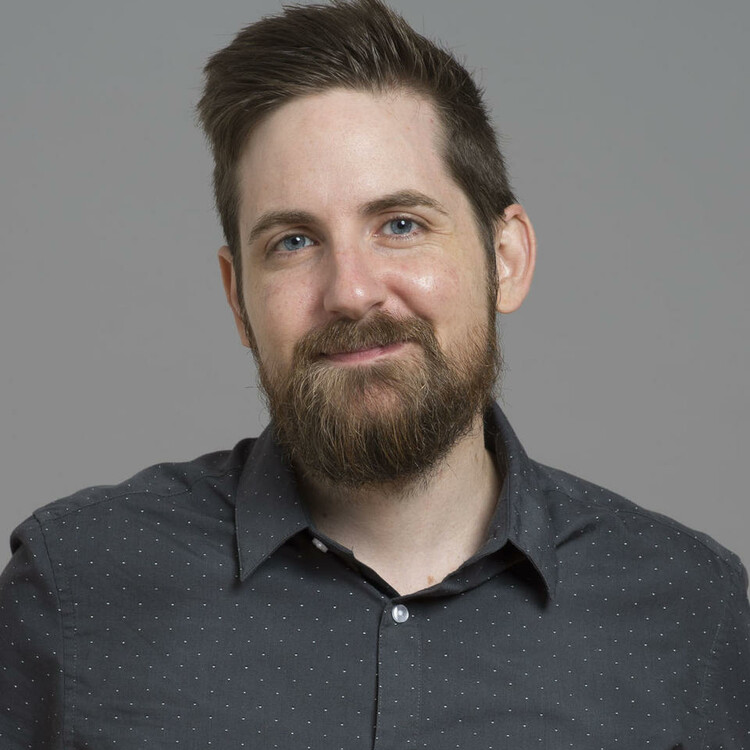
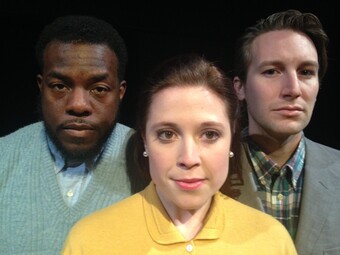


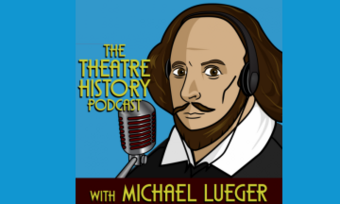

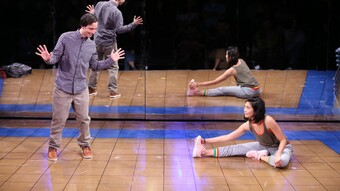


Comments
The article is just the start of the conversation—we want to know what you think about this subject, too! HowlRound is a space for knowledge-sharing, and we welcome spirited, thoughtful, and on-topic dialogue. Find our full comments policy here